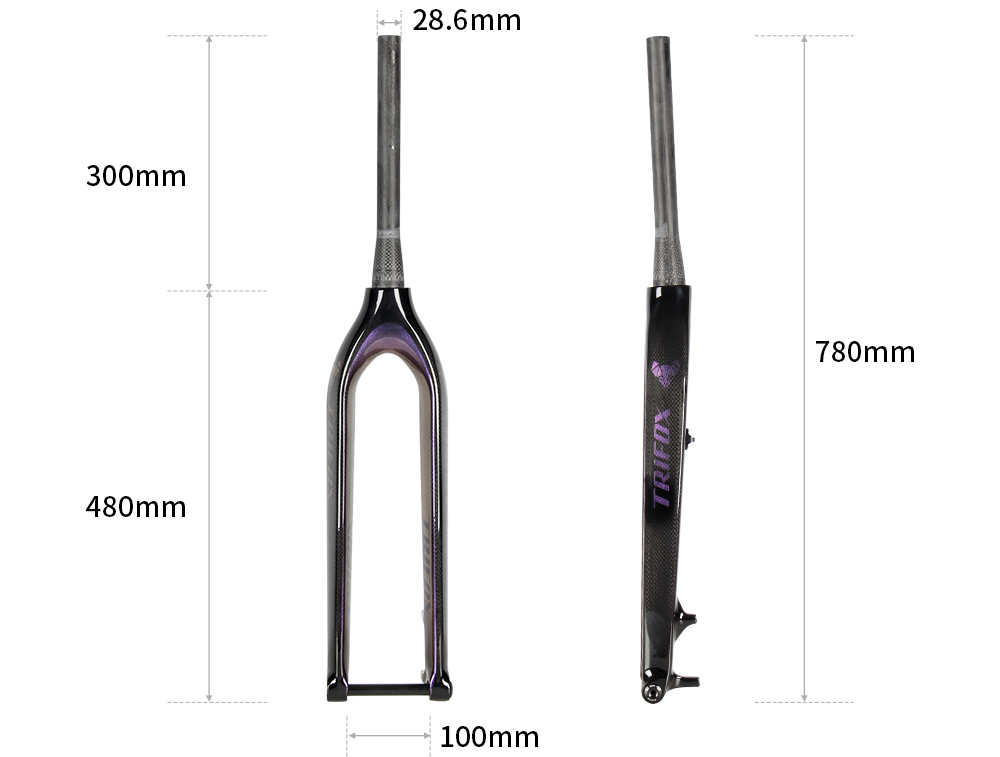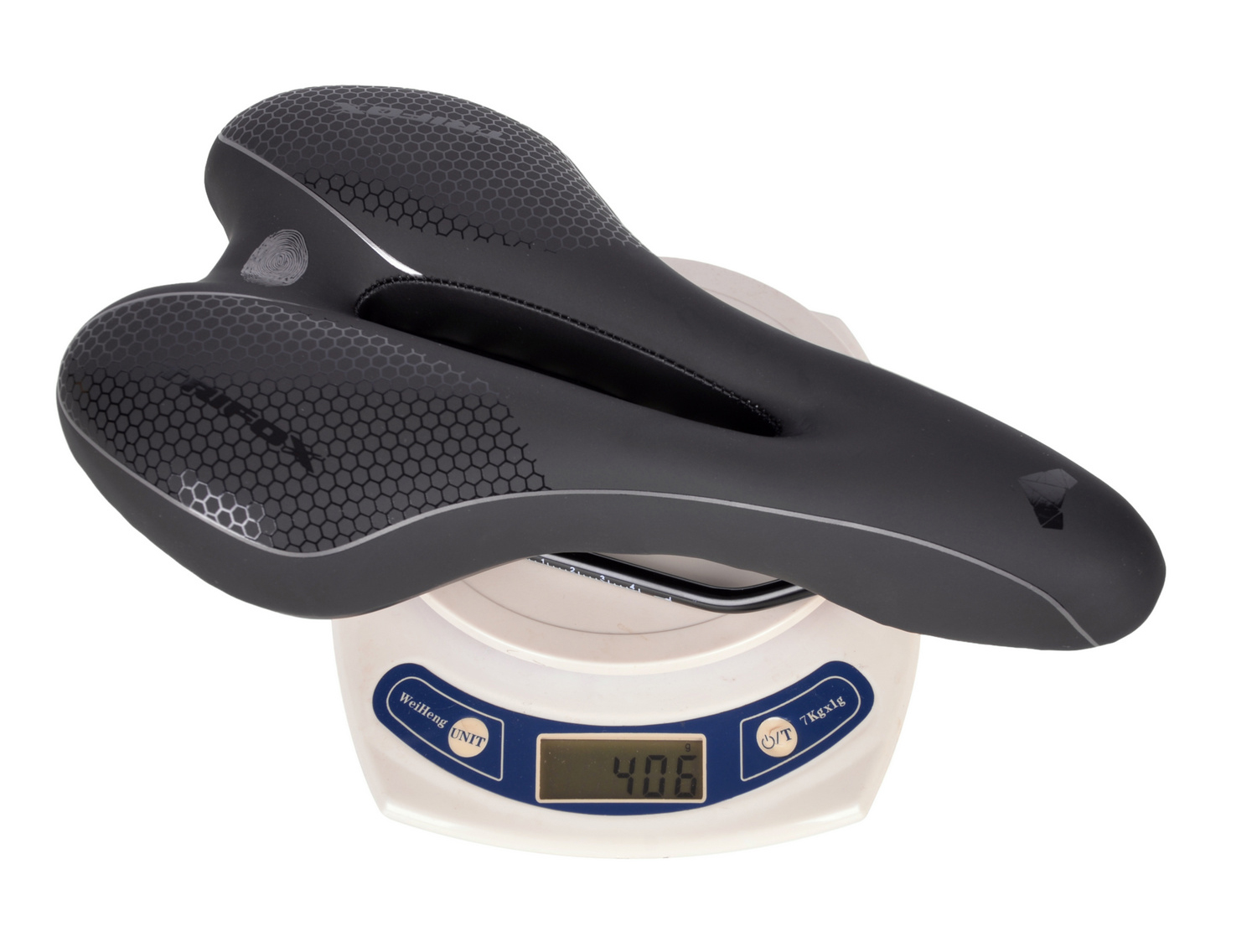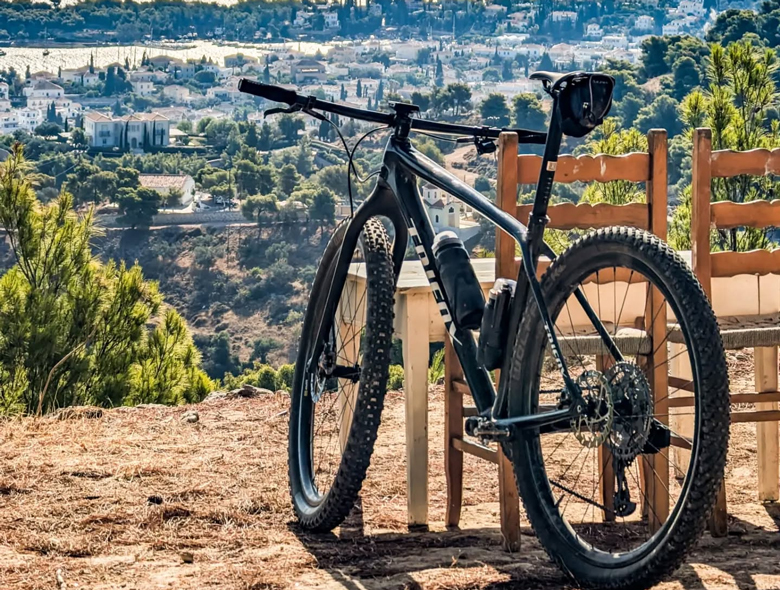In the world of cycling, the seatpost clamp might seem like a minor component, but its role in ensuring ride comfort and stability is significant. Typically, the seatpost clamp secures the seatpost in place, maintaining the desired height and angle for optimal rider comfort. But what if you find yourself without this essential part? Here’s how to manage and ensure a smooth ride without a traditional seatpost clamp.
Importance of Seatpost Clamps
The seatpost clamp, such as the SC35 model from Trifox Bike, is designed to securely hold the seatpost in position. By doing so, it prevents the seatpost from slipping or rotating during rides, which can affect your posture and pedaling efficiency. Made from durable materials like aluminum, these clamps are built to withstand the stress and vibrations of cycling, providing long-term reliability.
Managing Without a Seatpost Clamp
While a seatpost clamp is crucial for stability, there are situations where you might need to ride without one. Whether due to a missing piece or a temporary adjustment, here are some alternative solutions:
1. Friction Paste: If you're in a pinch, applying a friction paste to the seatpost can increase grip and reduce slippage. This paste enhances the friction between the seatpost and the frame, offering temporary stability.
2. Shim Solutions: Using a shim made from sturdy material like metal or rubber can help secure the seatpost. By wrapping the shim around the seatpost, you can create a tighter fit between the post and the frame.
3. Tightening Mechanisms: If your bike frame allows, consider using a threaded bolt mechanism to secure the seatpost. This involves drilling a hole through the frame and post and inserting a bolt secured with a nut. While more permanent, this can effectively hold the seatpost in place.
Alternative Solutions
If the absence of a clamp is a longer-term issue, investing in alternative securing solutions is advisable:
- Quick-Release Mechanisms: Some bikes come with built-in quick-release mechanisms that don't rely on traditional clamps. These can be adjusted with a lever and offer easy height adjustments.
- Integrated Clamping Systems: Certain frames feature integrated clamping systems that eliminate the need for an external clamp. These systems use a tightening bolt that is part of the frame, ensuring a sleek and secure hold.
Tips for Maintaining Seatpost Stability
Without a clamp, maintaining seatpost stability requires regular checks and adjustments:
1. Regular Inspections: Periodically inspect the seatpost and frame for signs of wear or slippage. Ensure any temporary solutions, like shims or friction paste, are holding up under stress.
2. Consistent Positioning: Mark the ideal seatpost height with tape or a marker. This visual guide helps ensure you maintain the correct position, even after adjustments.
3. Secure Tools: Keep essential tools handy for on-the-go adjustments. Allen keys or wrenches can tighten bolts or adjust quick-release systems when needed.

Ensuring Rider Comfort and Safety
Ultimately, rider comfort and safety should be the priority when managing a bike without a clamp. Ensuring the seatpost is secure and at the correct height prevents discomfort and potential accidents. Always test adjustments in a safe environment before tackling challenging trails or long rides.
By understanding the role of a seatpost clamp and exploring alternative solutions, you can ensure a stable and comfortable ride, even in the absence of this small but vital component. Whether using temporary fixes or investing in integrated systems, maintaining seatpost security is essential for an enjoyable cycling experience.




















































































